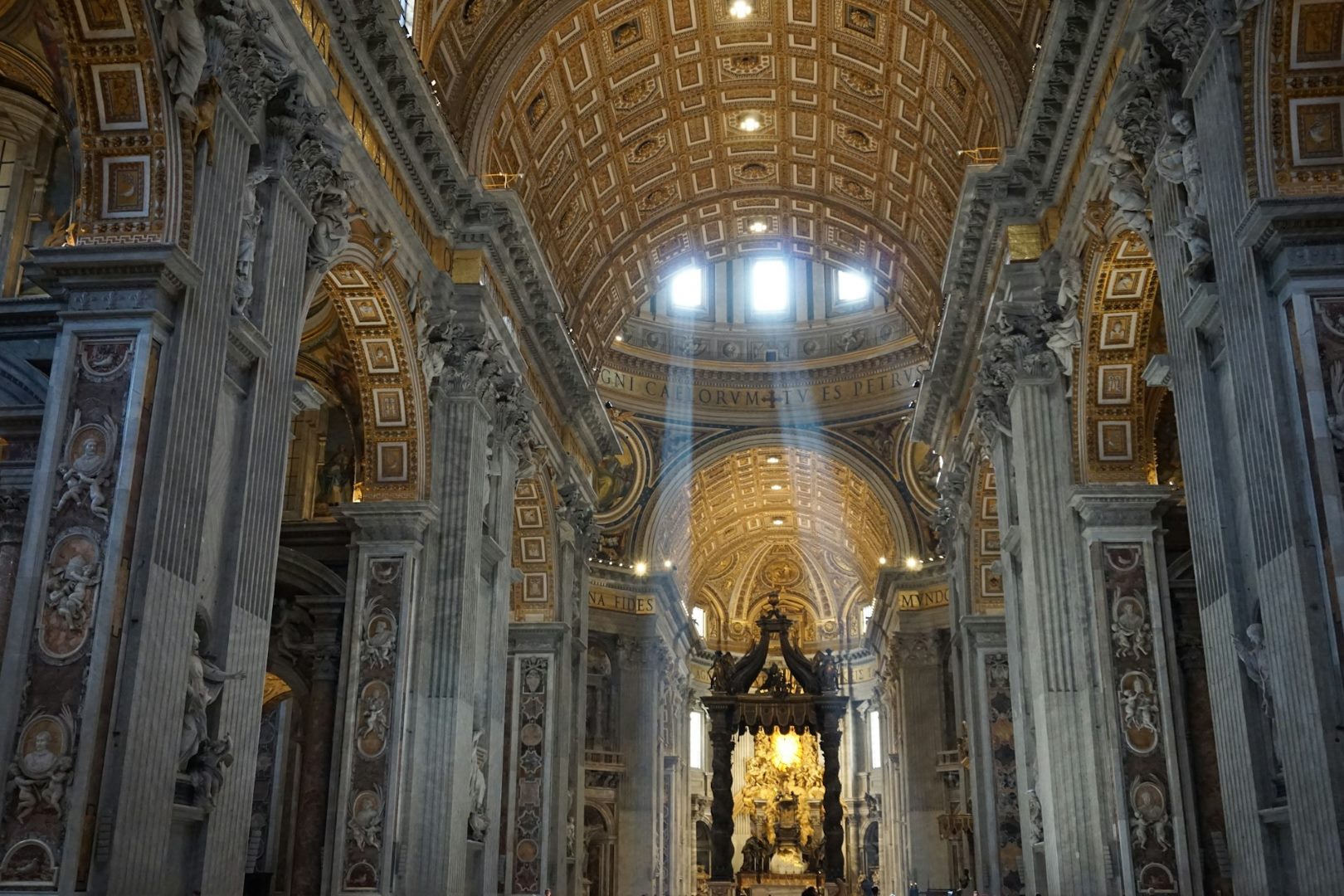Introduction
The Holy Rosary, an age-old Catholic devotion, has captivated the hearts of millions worldwide. Composed of prayers and meditations, it serves as a spiritual path for countless believers seeking solace, guidance, and communion with God.
This comprehensive guide will delve into the multifaceted aspects of the Holy Rosary, exploring its origins, history, symbolism, and the profound impact it has had on individuals and communities throughout centuries.
Historical Roots and Evolution
Origins in the Middle East
The origins of the Holy Rosary can be traced back to the early Christian communities in the Middle East. Monastic communities practiced a form of repetitive prayer known as “choral recitation,” where psalms and other passages were chanted collectively.
Development in Europe
By the 13th century, the Rosary had evolved into a more formalized devotion in Europe. Dominican friars, particularly Saint Dominic Guzman, played a pivotal role in popularizing the Rosary, using it as a catechetical tool to teach the faith to the laity.
Standardization and Papal Endorsement
Over the centuries, the Rosary underwent various modifications and refinements. In the 16th century, Pope Pius V standardized the Rosary’s structure, establishing the 15 “Mysteries” that form the core of its meditations.
Throughout history, successive popes have endorsed and encouraged the devotion, emphasizing its spiritual benefits and its role in promoting peace and unity among the faithful.
Symbolism and Structure
The Physical Rosary
The traditional Holy Rosary consists of 59 beads divided into five decades of ten beads each. These beads are often made of wood, glass, or stone, strung together on a cord or chain with a crucifix at one end and a center medal.
The Mysteries
The Rosary’s core comprises 20 “Mysteries,” which are specific events from the lives of Jesus Christ and the Virgin Mary. These mysteries are grouped into three categories:
- Joyful Mysteries (Monday and Saturday): The Annunciation, the Visitation, the Nativity, the Presentation in the Temple, the Finding in the Temple
- Sorrowful Mysteries (Tuesday and Friday): The Agony in the Garden, the Scourging at the Pillar, the Crowning with Thorns, the Carrying of the Cross, the Crucifixion
- Glorious Mysteries (Wednesday, Thursday, and Sunday): The Resurrection, the Ascension, the Descent of the Holy Spirit, the Assumption of Mary, the Coronation of Mary
The Prayers
Praying the Rosary involves reciting a series of prayers, including the “Our Father,” “Hail Mary,” “Glory Be,” and the “Fatima Prayer.” These prayers serve as meditative prompts, encouraging the faithful to reflect on the Mysteries and their significance.
Spiritual Benefits and Impact
Spiritual Growth and Contemplation
Regularly praying the Holy Rosary fosters a deeper connection with God and fosters spiritual growth. It allows individuals to meditate on the central events of salvation history and to contemplate the virtues of Jesus and Mary.
Peace and Serenity
The repetitive nature of the Rosary creates a calming and contemplative atmosphere. It encourages introspection and helps practitioners to find peace and serenity amidst life’s challenges.
Intercession and Healing
The Rosary is often invoked as a powerful intercessionary prayer. Many believers have reported experiencing miraculous healings, conversions, and favors through the devotion.
Community and Communion
Praying the Rosary in groups fosters a sense of community and communion among the faithful. It serves as a unifying practice that brings people together in prayer and shared devotion.
Practical Guide to Praying the Rosary
Step-by-Step Instructions
To pray the Holy Rosary, follow these simple steps:
- Begin with the Sign of the Cross.
- Pray the Apostle’s Creed.
- Pray the Our Father.
- Pray three Hail Marys.
- Proclaim the Glory Be.
- Announce the first Mystery, followed by the Our Father.
- Pray ten Hail Marys while meditating on the Mystery.
- Recite the Glory Be.
- Repeat steps 6-8 for each of the remaining Mysteries.
- Conclude with the Hail Holy Queen prayer.
- End with the Sign of the Cross.
Tips for Effective Prayer
- Choose a quiet and conducive place for prayer.
- Focus on the Mysteries and their significance.
- Allow yourself time to reflect and meditate.
- Pray with a sincere and humble heart.
- Consider using a Rosary guide or app for guidance.
Conclusion
The Holy Rosary is a timeless spiritual devotion that has captivated believers for centuries. Its enduring appeal lies in its ability to foster spiritual growth, provide comfort and peace, and unite the faithful in prayer. By embracing the Rosary and incorporating it into our daily lives, we can deepen our relationship with God and experience the transformative power of this ancient tradition.



